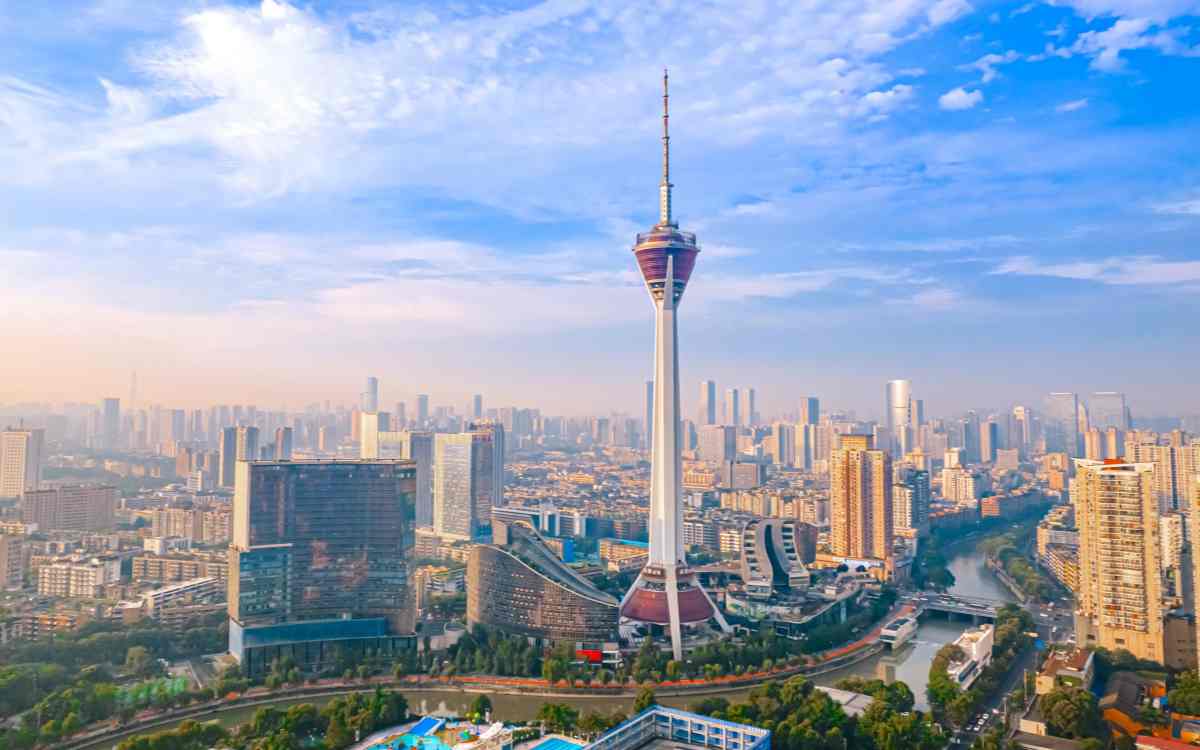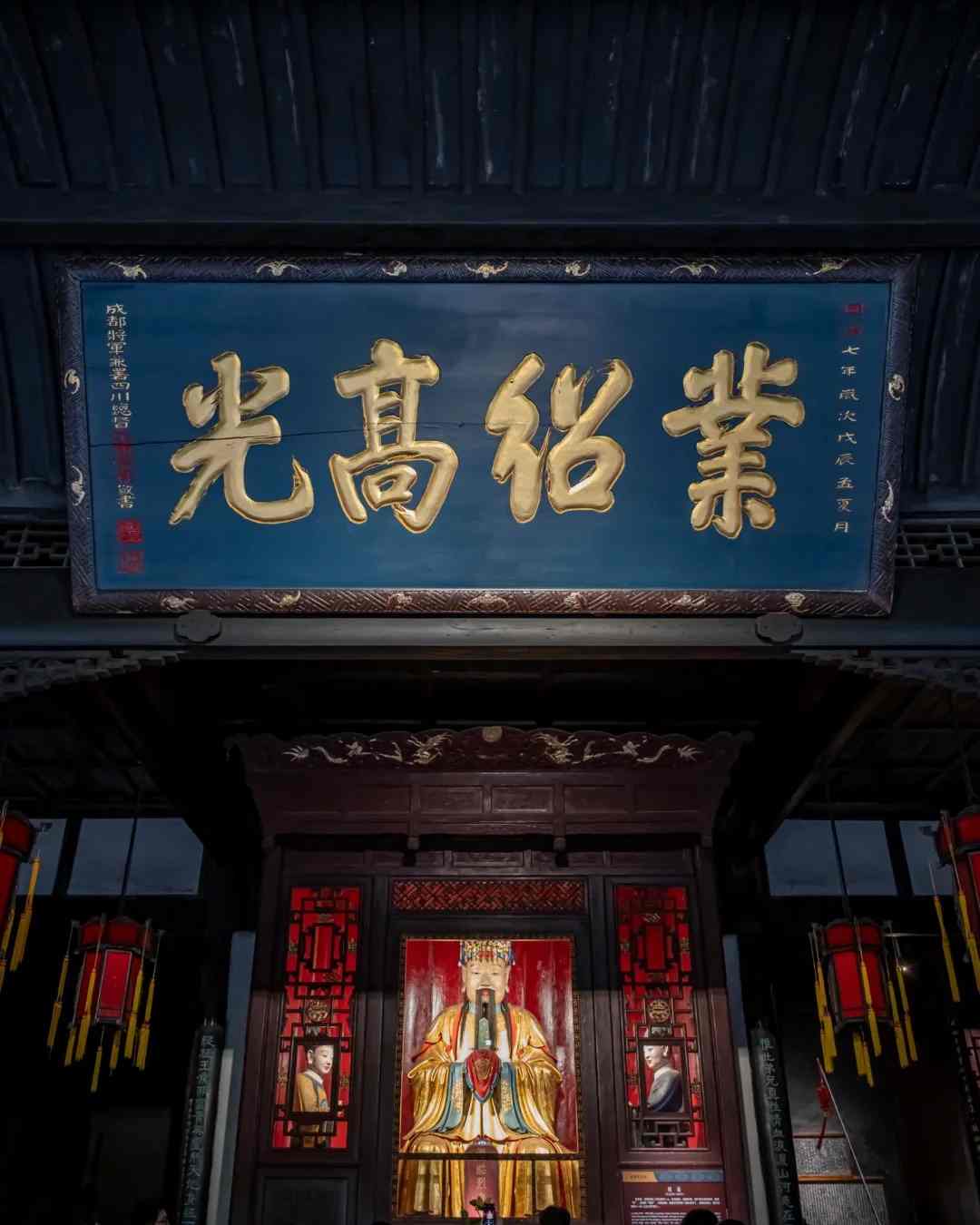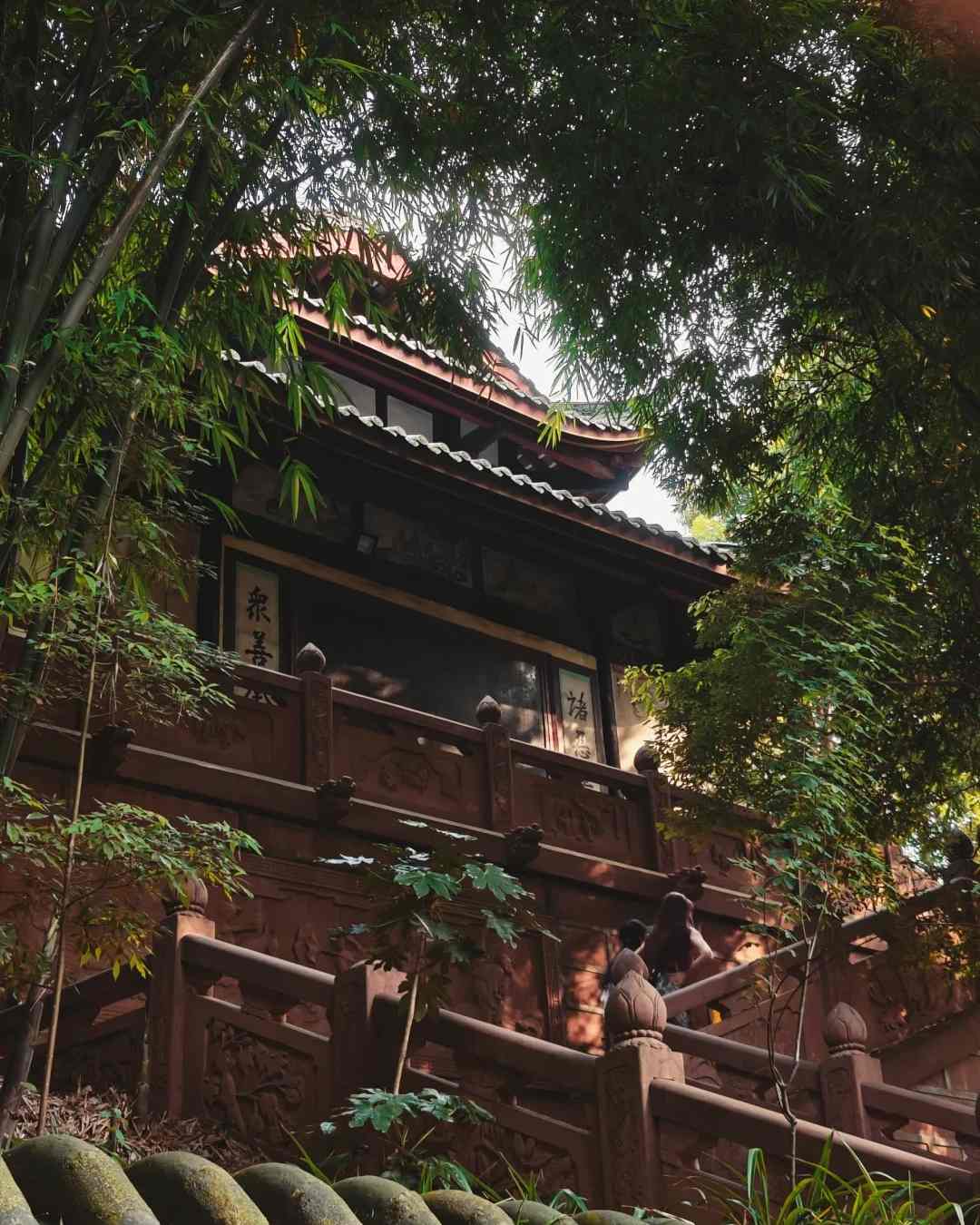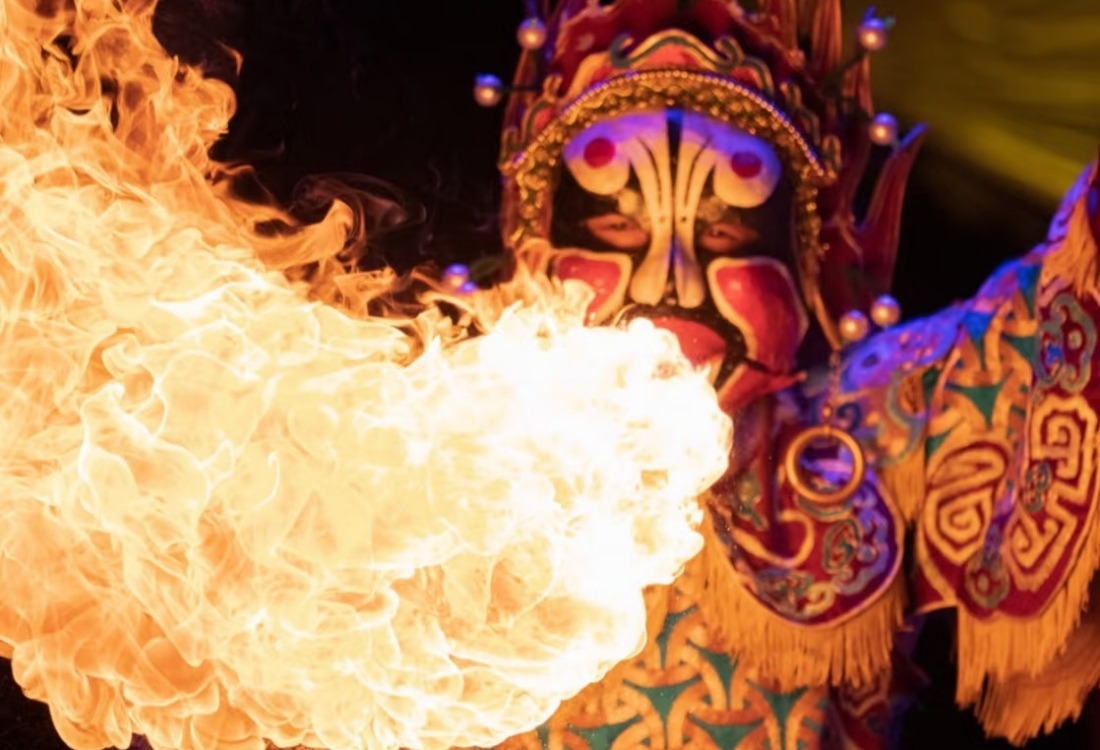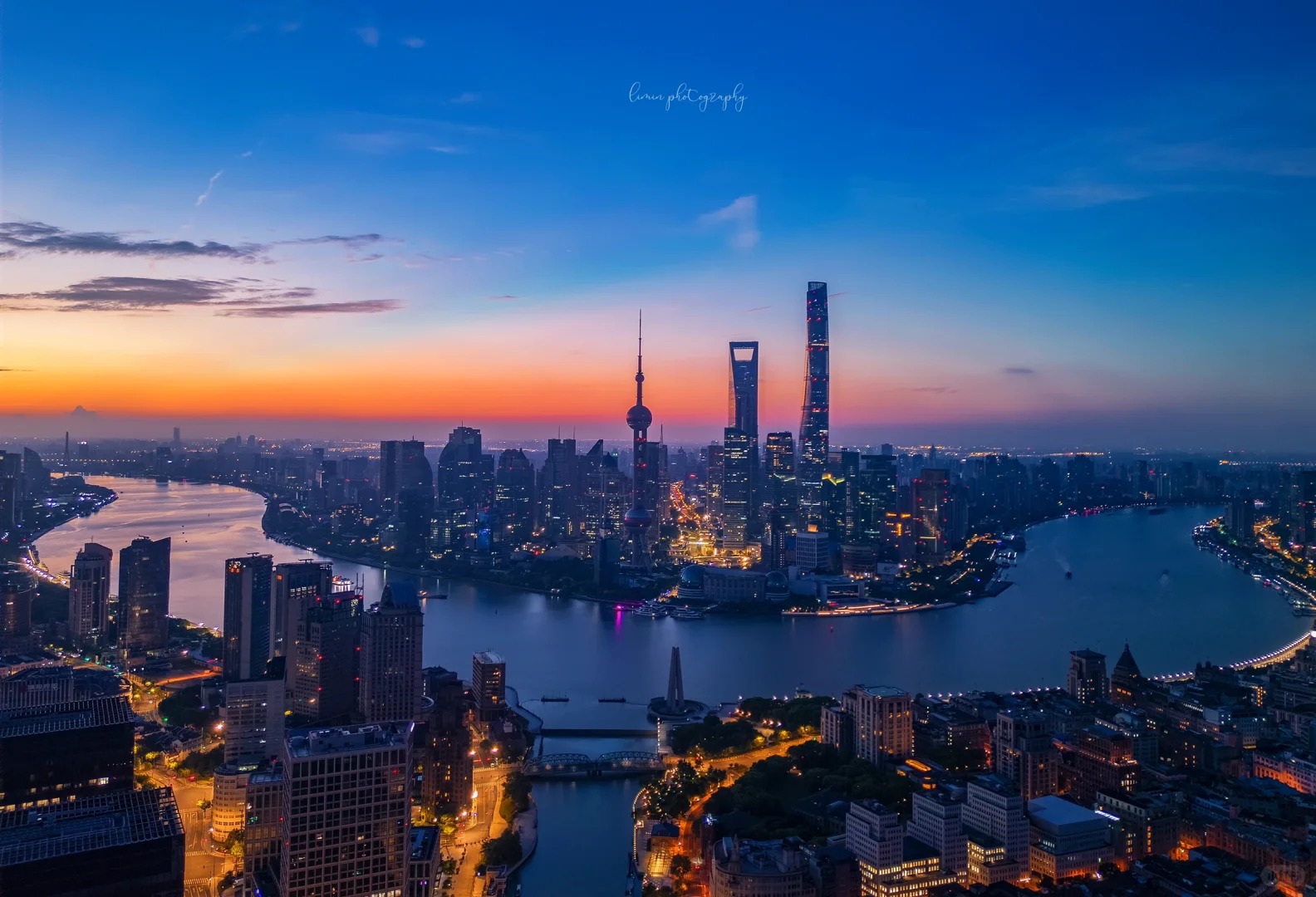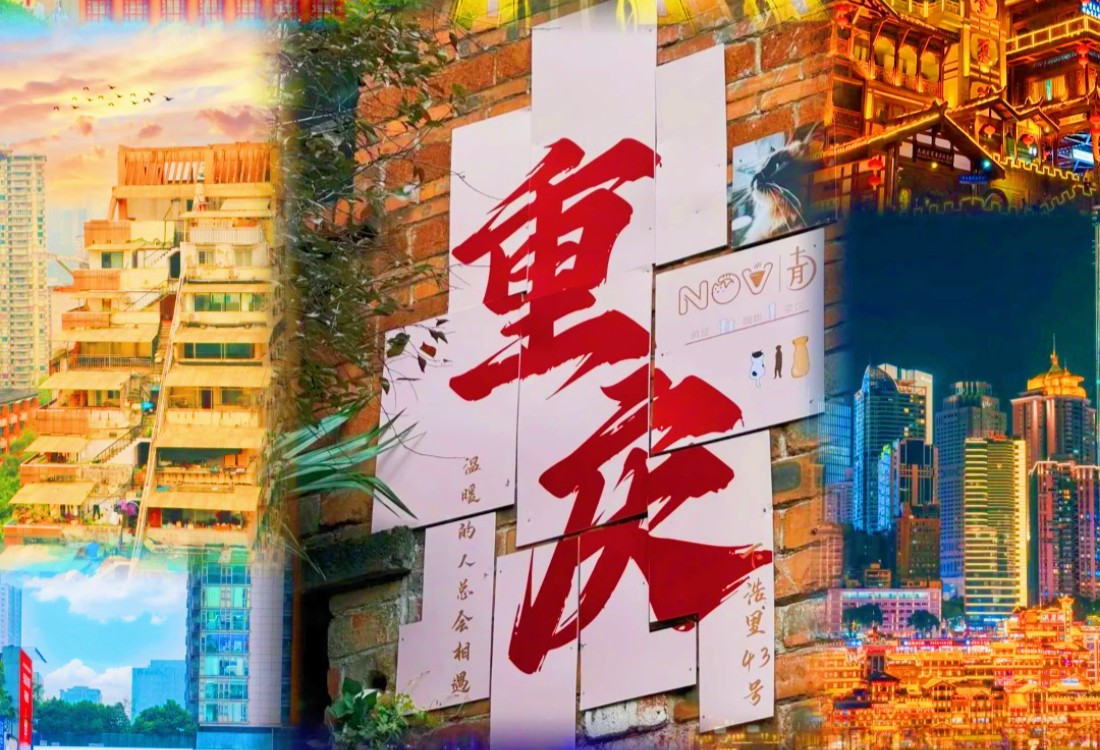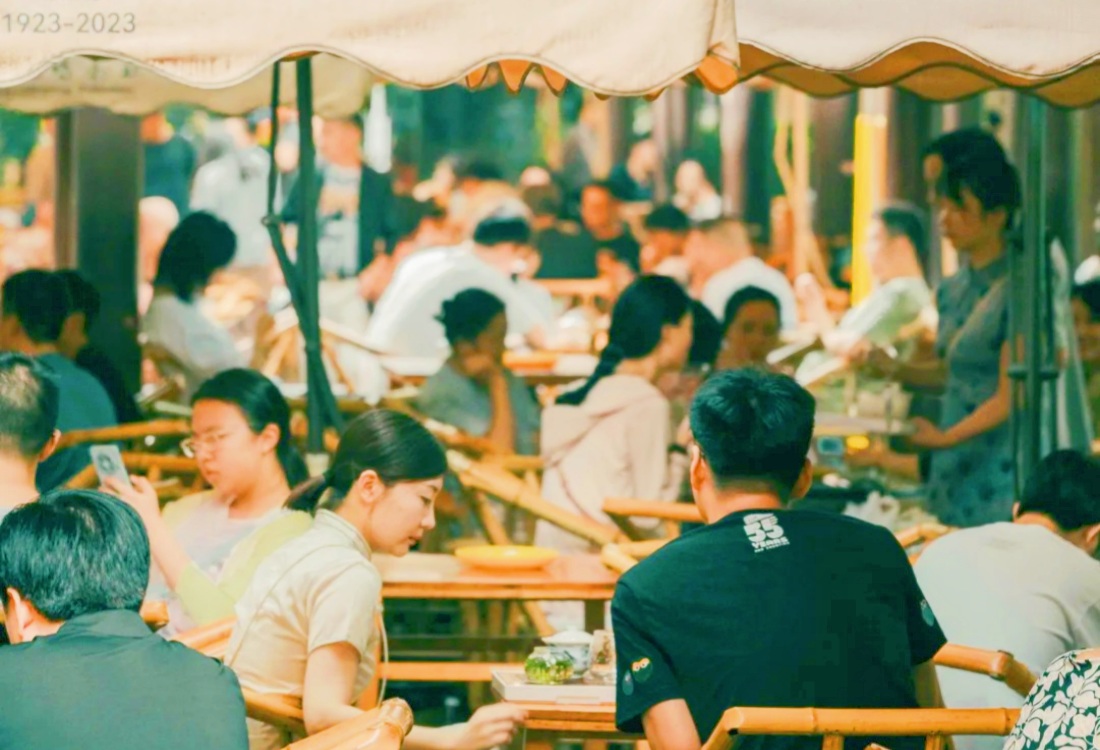Table of Contents
ToggleChengdu, the capital of Sichuan Province in China, is famous for its giant pandas and rich culture. It is a city full of history, nature, and a relaxed lifestyle. Here are the top things to do in Chengdu that will help you enjoy your trip and discover the best of this charming city.
Meet the Adorable Giant Pandas
Chengdu is famous worldwide as the home of the giant panda. Your first stop should be the Chengdu Research Base of Giant Panda Breeding. This incredible park is home to over 120 giant pandas, and you can also see adorable red pandas here! It’s best to visit in the morning when the pandas are most active. You’ll see them munching on bamboo, climbing trees, and playfully tumbling around. Don’t miss the panda nursery, where you might catch a glimpse of tiny panda cubs.
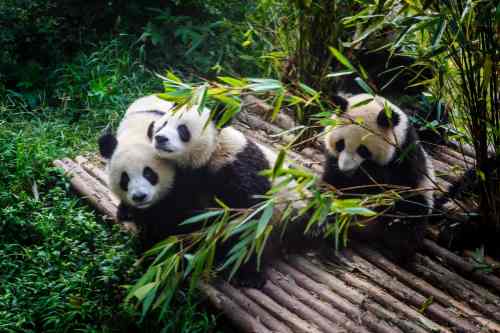

Chengdu Day Tour : Pandas & Jinli Street with Hot Pot
Step Back in Time: Chengdu’s Ancient Streets
Chengdu beautifully blends its rich past with modern life, and nowhere is this more evident than in its ancient streets. These vibrant areas are perfect for a leisurely stroll, trying local snacks, and soaking up the atmosphere.
Jinli Ancient Street
Next to the Wuhou Temple, Jinli Ancient Street is a bustling marketplace that recreates the charm of old Chengdu. Here, you can find traditional architecture, local crafts, delicious street food, teahouses, and even impromptu Sichuan Opera performances. It’s particularly enchanting in the evening when the lanterns light up.
Kuanzhai Alley (Wide and Narrow Alleys)
Kuanzhai Alley actually consists of three parallel alleys: Kuan Alley (Wide Alley), Zhai Alley (Narrow Alley), and Jing Alley (Well Alley). These restored Qing Dynasty streets offer a mix of traditional teahouses, stylish boutiques, art galleries, and restaurants. It’s a great place to experience both the old and new Chengdu.
Explore Ancient Towns
For a day trip, consider visiting nearby ancient towns like Huanglongxi Ancient Town or Luodai Ancient Town. These towns offer a glimpse into traditional Sichuan life with their well-preserved architecture, charming waterways, and local customs.
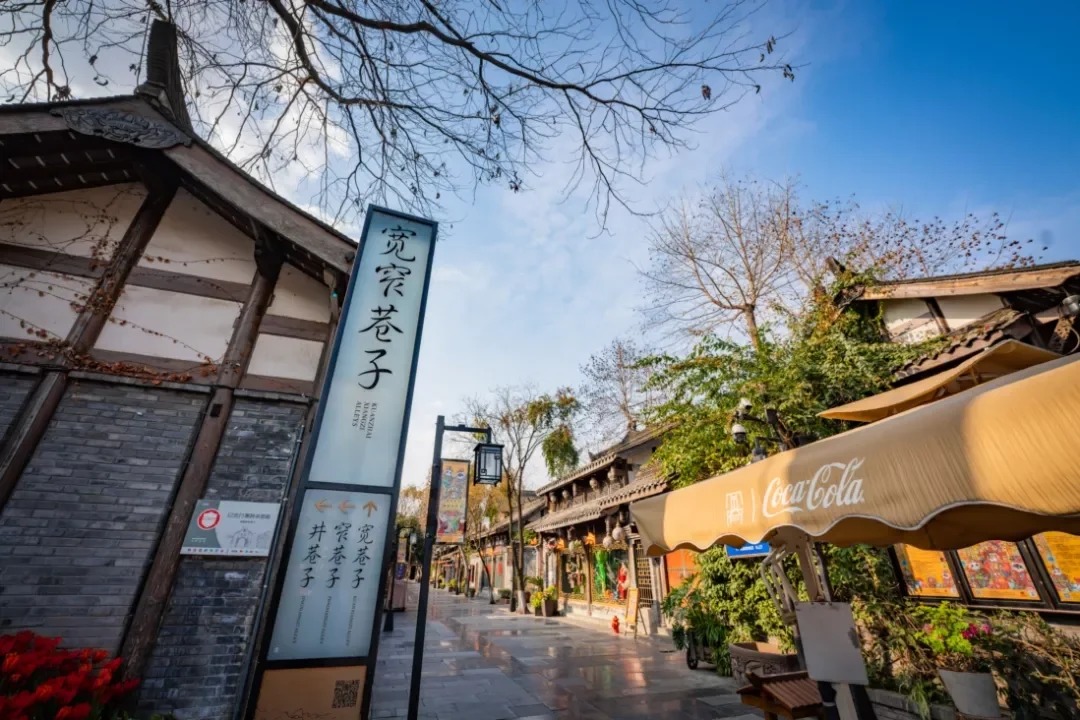
A Taste of Sichuan: Chengdu's Legendary Cuisine
Chengdu is a UNESCO City of Gastronomy, and for good reason! Sichuan cuisine is one of China’s four great culinary traditions, famous for its bold, pungent, and spicy flavors, especially the numbing sensation of Sichuan peppercorns. Trying the local food is an absolute must.
Must-Try Dishes
- Sichuan Hotpot (Huoguo): A simmering pot of spicy broth where you cook your own meats, vegetables, and noodles. It’s a social and incredibly flavorful experience.
- Mapo Tofu: A classic dish of soft tofu in a spicy, chili-and-bean-based sauce, often with minced meat.
- Kung Pao Chicken (Gongbao Jiding): Diced chicken stir-fried with peanuts, chili peppers, and vegetables.
- Dandan Noodles (Dandan Mian): A savory and spicy noodle dish with preserved vegetables, chili oil, Sichuan pepper, and minced pork.
You can find these dishes and countless other local snacks in restaurants and street food stalls throughout the city, especially around Jinli Street and Kuanzhai Alley.
If you love the food, why not learn to make it yourself? Several places in Chengdu offer Sichuan cooking classes. You can also visit the Sichuan Cuisine Museum (located a bit outside the city center) to learn about the history of the region’s food and even participate in a hands-on cooking session.

Experience Chengdu’s Relaxed Rhythm: Parks and Teahouses
Chengdu is known for its laid-back atmosphere and leisurely pace of life. One of the best ways to experience this is by visiting its public parks and traditional teahouses.
People’s Park (Renmin Gongyuan)
People’s Park is the heart of Chengdu’s social life. Here, you’ll see locals practicing Tai Chi, singing, dancing, playing Mahjong, or simply relaxing. Find a seat at the historic Heming Teahouse, sip on jasmine tea, and watch the world go by. You might even try the unique local experience of an “ear cleaning” service offered by professionals in the park!
Other parks like Chengdu Culture Park and Huanhuaxi Park also offer lovely green spaces to unwind and observe local life.
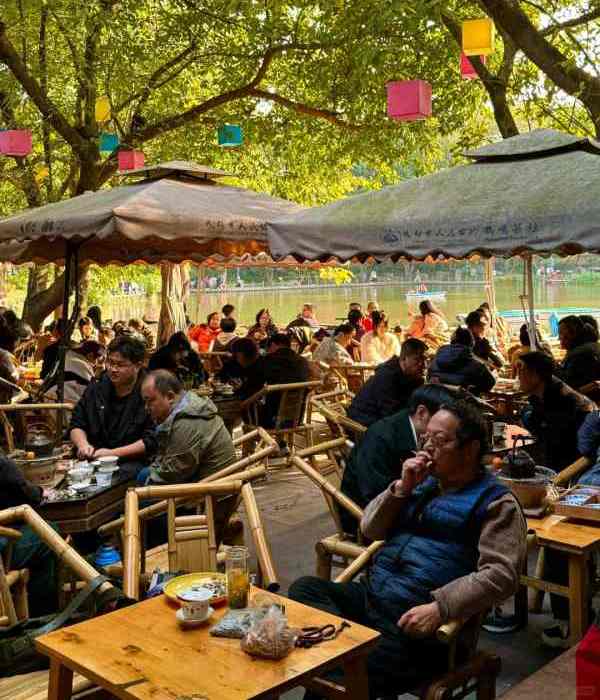
Explore Sichuan's Treasures - UNESCO World Heritage Sites
Chengdu is an excellent base for exploring some of Sichuan’s most incredible UNESCO World Heritage Sites and natural wonders. Most are easily accessible by high-speed train or bus.
The table below provides a quick comparison of some popular day trip destinations from Chengdu, helping you choose based on your interests:
| Feature | Leshan Giant Buddha | Mount Emei | Dujiangyan Irrigation System | Mount Qingcheng |
|---|---|---|---|---|
| Main Attraction | World’s largest stone Buddha statue (71m tall) | Sacred Buddhist mountain, monasteries, stunning views | Ancient, still-functioning engineering marvel | Sacred Taoist mountain, temples, serene trails |
| UNESCO Status | Yes | Yes | Yes | Yes (with Dujiangyan) |
| Activity Type | Sightseeing, boat tour, short hike | Hiking (can be strenuous), cable cars, temple visits | Historical exploration, walking | Hiking, temple visits, nature walks |
| Scenery | River views, colossal statue carved into cliff | Lush forests, mountain vistas, diverse flora/fauna | Ingenious waterworks, river diversions | Lush greenery, tranquil paths, Taoist architecture |
| Approx. Distance from Chengdu | ~2 hours | ~2.5 – 3 hours | ~1 – 1.5 hours | ~1.5 – 2 hours |
| Primary Appeal | Awe-inspiring ancient sculpture | Spiritual journey, natural beauty | Historical ingenuity, engineering feat | Taoist culture, peaceful nature retreat |
Additionally, while further afield (requiring an overnight trip or flight), Jiuzhaigou Valley is renowned for its stunningly colorful lakes, waterfalls, and snow-capped peaks, offering a truly breathtaking natural spectacle.
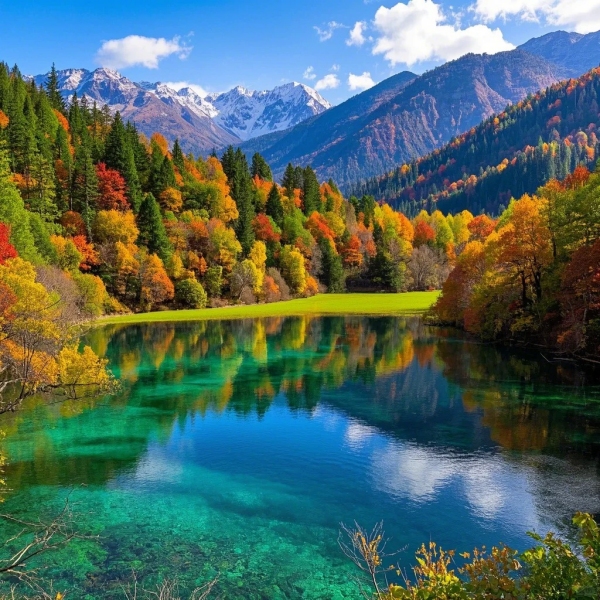
5 Days Chengdu Jiuzhaigou Tour: Giant Panda, Jiuzhaigou Valley
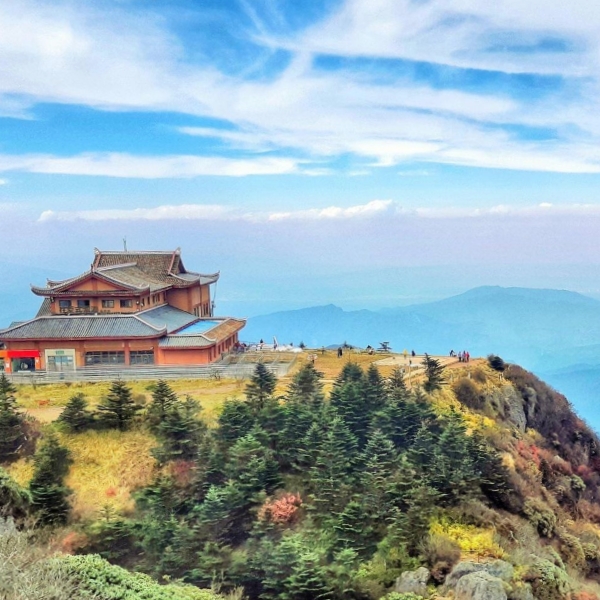
5 Days Chengdu Classic City Tour : Pandas, Leshan & Mount Emei
Spiritual Sanctuaries: Temples and Monasteries
Chengdu has a deep spiritual heritage, with many beautiful Buddhist and Taoist temples offering peaceful retreats from the city bustle. Visiting these sites provides insight into local religious practices and stunning traditional architecture.
Wenshu Monastery (Wenshu Yuan)
This is Chengdu’s largest and best-preserved Buddhist temple, dating back to the Tang Dynasty. Wander through its serene courtyards, admire intricate carvings and statues, and observe monks and locals in prayer. The monastery also has a delightful vegetarian restaurant and a teahouse.
Wuhou Temple (Temple of Marquis Wu)
Dedicated to Zhuge Liang, a famous military strategist of the Three Kingdoms period (220-280 AD), Wuhou Temple is a shrine and museum. It’s a must-visit for history buffs interested in this pivotal era of Chinese history. It’s conveniently located next to Jinli Ancient Street.
Qingyang Palace (Green Ram Temple)
One of the oldest and most important Taoist temples in China, Qingyang Palace is known for its impressive architecture, tranquil gardens, and, of course, its iconic bronze green rams. It’s a significant center for Taoist activities and studies.
Uncover Ancient Secrets: Chengdu's Museums
Chengdu boasts a rich history spanning thousands of years. Its excellent museums offer fascinating glimpses into the ancient Shu Kingdom and the region’s cultural development.
Sanxingdui Museum
Located in Guanghan, about 40km northeast of Chengdu, the Sanxingdui Museum showcases the incredible artifacts of the mysterious Sanxingdui civilization, which flourished around 3,000-5,000 years ago. Marvel at the striking bronze masks, gold objects, and jade items that reveal a unique and highly developed ancient culture.
Jinsha Site Museum
Closer to the city center, the Jinsha Site Museum displays relics from the Jinsha civilization (around 1200-650 BC), considered a continuation of the Sanxingdui culture. The iconic gold sunbird disc is a highlight here. The museum is built directly over the archaeological site.
Other Notable Museums
- Sichuan Museum: Offers a comprehensive overview of Sichuan’s history, art, and culture, from ancient times to the present.
- Chengdu Museum: Focuses on the history and folk customs of Chengdu city itself.
- Shu Brocade and Embroidery Museum: Celebrates the exquisite art of Sichuan silk brocade and embroidery, a tradition with a long and rich history.
The Spectacle of Sichuan Opera
No trip to Chengdu is complete without experiencing a Sichuan Opera show. This traditional art form is a vibrant mix of singing, acrobatics, puppetry, comedy, and music. The most famous and thrilling parts are the “Bian Lian” (face-changing) and “Tuo Huo” (fire-spitting) acts. Performers magically change their elaborate masks in the blink of an eye, and breathe fire in dramatic displays.
You can catch performances at dedicated venues like the Shufeng Yayun Opera House, or sometimes find shorter shows in teahouses on Jinli Street and Kuanzhai Alley. It’s a unique and entertaining cultural experience.

Modern Chengdu: Shopping and Nightlife
While rich in history, Chengdu is also a bustling modern metropolis. Explore its contemporary side with vibrant shopping districts and lively nightlife.
Shopping Hotspots
For retail therapy, head to Chunxi Road, Chengdu’s premier pedestrian shopping street, lined with department stores, boutiques, and international brands. Nearby, Taikoo Li offers a more upscale, open-air shopping experience, blending modern architecture with traditional temple elements. You can find everything from high fashion to local crafts and, of course, plenty of panda-themed souvenirs in shops across the city, especially at the Panda Base, Jinli Street, and Kuanzhai Alley.
Evening Entertainment
As night falls, Chengdu lights up. Enjoy panoramic city views from the West Pearl Tower (Sichuan Radio and Television Tower), which also has a revolving restaurant. Stroll along the Jinjiang River to see the beautifully illuminated Anshun Bridge (often featured in photos and home to a high-end restaurant). The area around Jiuyan Bridge is popular for its lively bars and clubs.
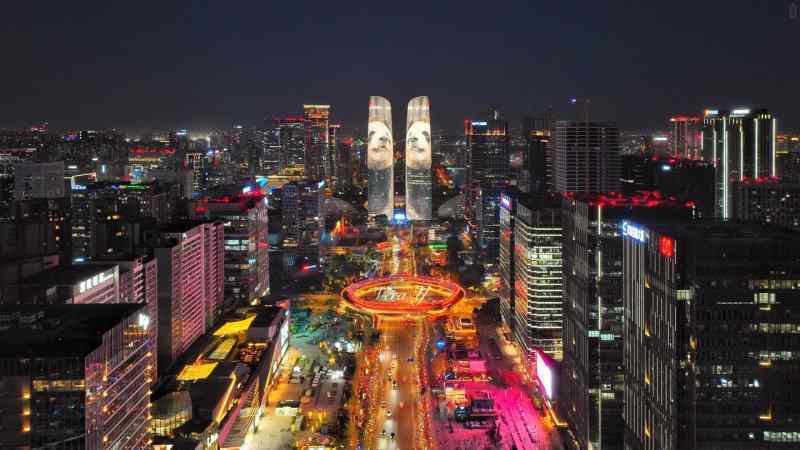
Frequently Asked Questions about Visiting Chengdu
What's the best time to visit the Panda Base?
The best time to visit the Chengdu Research Base of Giant Panda Breeding is in the morning, ideally right when it opens (usually around 7:30 AM – 8:00 AM). Pandas are most active during their feeding time, which typically happens early. You’ll see them eating, playing, and climbing more energetically. It also tends to be less crowded earlier in the day.
Is all Chengdu food very spicy?
While Sichuan cuisine is famous for its spicy flavors, not all dishes are overwhelmingly hot. Many dishes balance spice with other complex flavors like sweet, sour, and savory. You can also request milder versions of some dishes (say “bú yào là” -不要辣 – for “not spicy,” or “wēi là” – 微辣 – for “mildly spicy”). There are plenty of delicious non-spicy options available too.
How do I get to Leshan Giant Buddha from Chengdu?
The most common way to get to the Leshan Giant Buddha from Chengdu is by high-speed train. Trains run frequently from Chengdu East Railway Station (Chengdu Dong) or Chengdu South Railway Station (Chengdu Nan) to Leshan Railway Station. The journey takes about 1 to 1.5 hours. From Leshan station, you can take a local bus or taxi to the Giant Buddha scenic area. Alternatively, you can join a guided tour or hire a private car.
What are Kuanzhai Alley and Jinli Street like?
Both Kuanzhai Alley and Jinli Street are beautifully restored ancient-style commercial streets. Jinli Street is often more bustling and has a very traditional market feel with lots of food stalls, souvenir shops, and cultural performances. Kuanzhai Alley (Wide and Narrow Alleys) is a bit more polished, with a mix of traditional teahouses, trendy boutiques, cafes, and restaurants. Both are great for experiencing Chengdu’s history and culture, trying snacks, and people-watching.
Can I experience local Chengdu life easily?
Yes, very easily! Chengdu is famous for its relaxed pace. Visit People’s Park to see locals drinking tea at teahouses like Heming Teahouse, playing Mahjong, singing, dancing, or practicing Tai Chi. Strolling through local markets or residential alleys also offers a glimpse into everyday life. Trying local eateries away from the main tourist spots is another great way to connect with the local culture.

